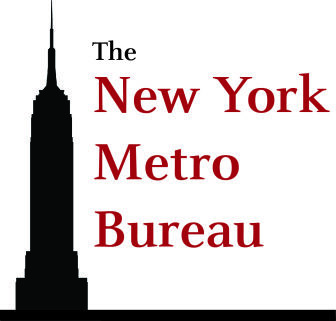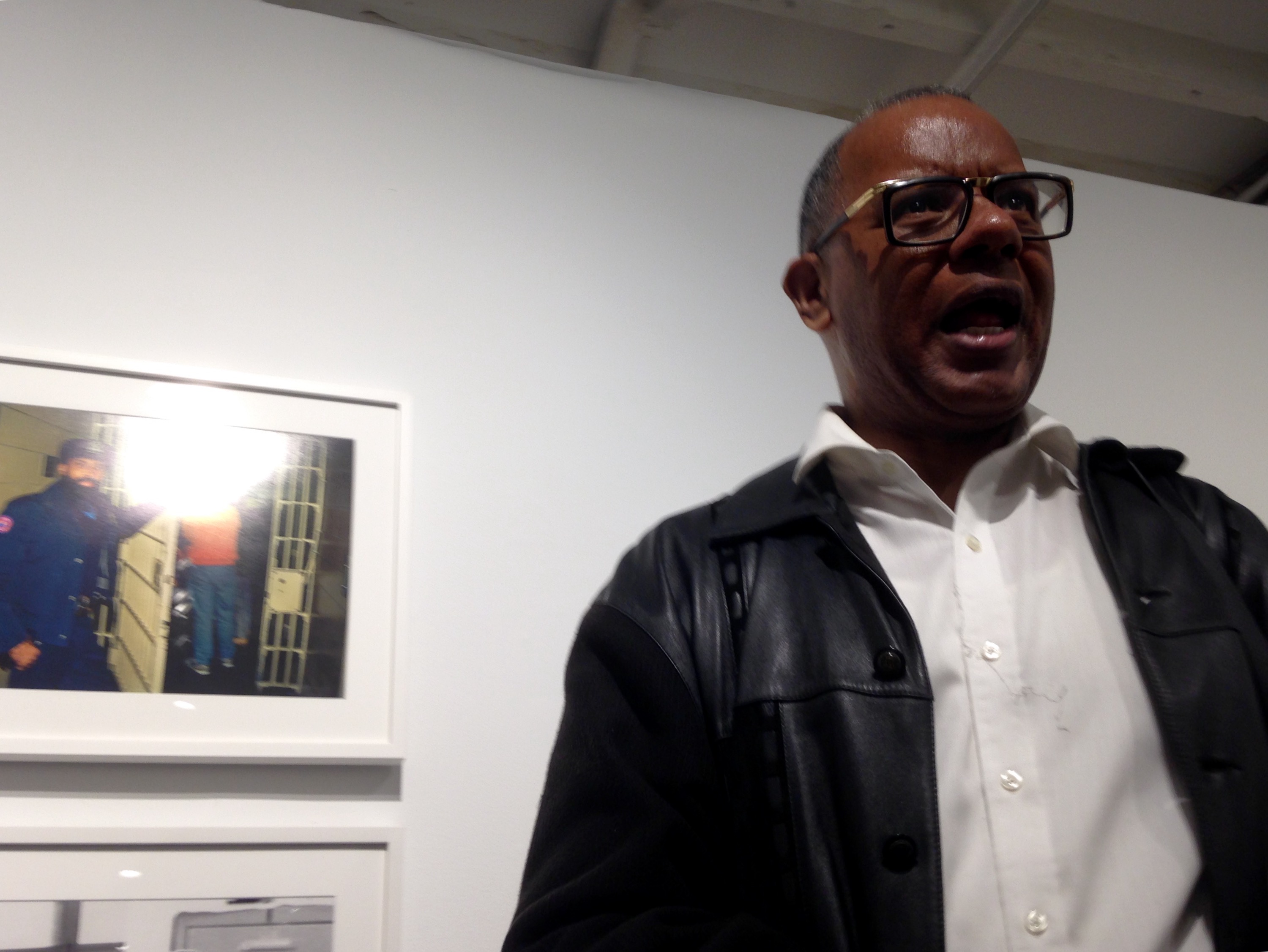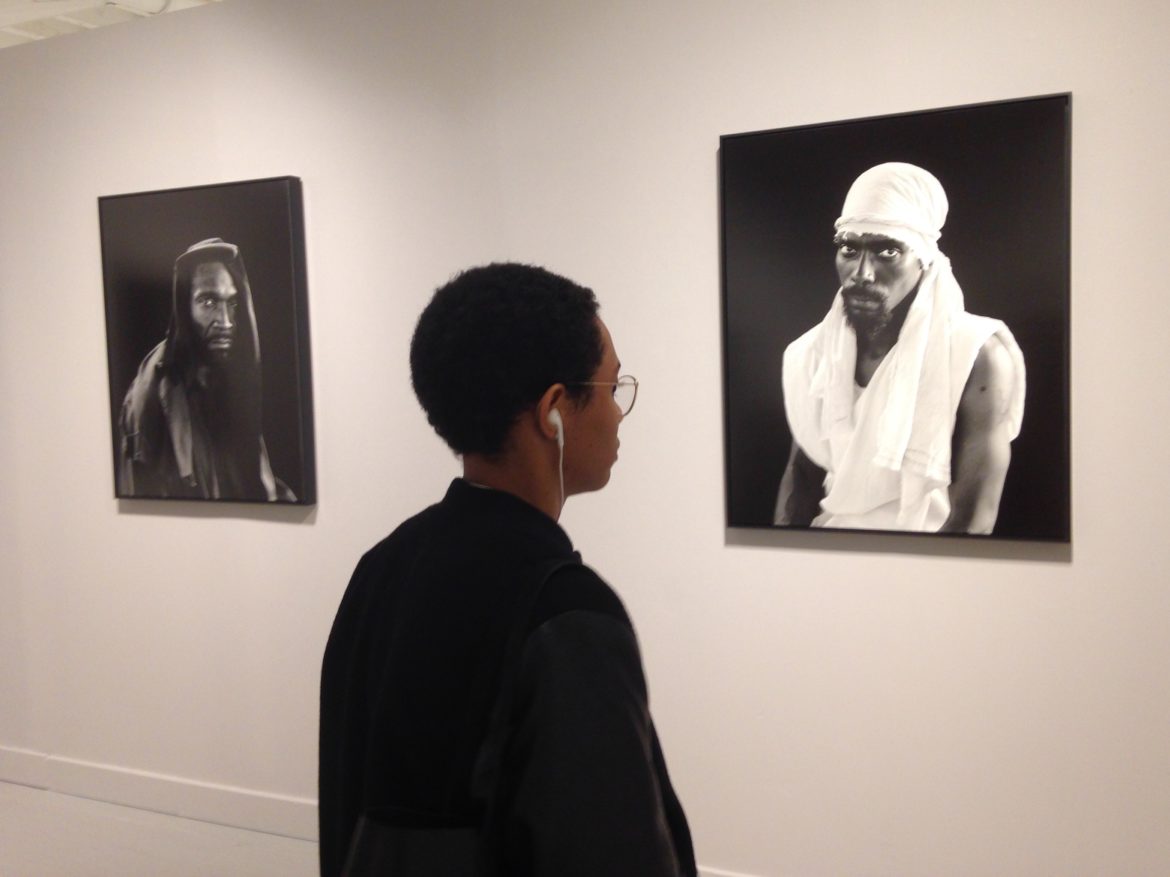NEW YORK — “We were trying to make a difference,” says former Rikers Island correctional officer Jamel Shabazz. Now that he’s retired, he still is, as are other people connected to the justice system.
Lorenzo Steele Jr., who worked as a correctional officer on Rikers for 12 years, wakes up asking himself, “What can I do today to help a young man or a young woman to not go through the system?”
 Since leaving Rikers, he has self-published a book with photos he took while working there and created a curriculum about the book for at-risk children.
Since leaving Rikers, he has self-published a book with photos he took while working there and created a curriculum about the book for at-risk children.
“It was an amazing world. It’s [been] something in me personally I could never turn off,” Steele said. But, “There are some things I did on Rikers Island that I had to ask God to forgive me for.”
After he had left Rikers, his son Lorenzo Steele III was incarcerated there, and another correctional officer beat him up. Steele blamed it on karma. But, Lorenzo Steele III said, there was one officer who would come to his cell every night to speak encouraging words to him. That, too, was karma.
Last week Steele — along with fellow photographer Shabazz and documentary filmmaker Katherine Cheair — spoke about the importance of engaging young people both inside and outside Rikers. The panel in the Aperture Gallery in Manhattan, entitled “Inside Rikers Island,” was moderated by Janos Marton of decarceration advocacy group Just Leadership USA.
The speakers addressed how, through their visual artistry, they could represent and connect with those affected by the prison system — and those they hope to prevent from entering it.
“I used my camera as an instrument to talk to young people about what was going on,” said Shabazz, who worked at Rikers for seven years in the 1980s and has been retired for 15. The photographs he took while employed, some of which were on display as part of the exhibition, show both inmates and officers posing, aware of the camera, almost always meeting the viewer’s gaze. To Shabazz, the photographs are reminders of conversations he had and work he’d done to foster understanding.
“We hear about correctional officers, but what do they look like, who are they?” Shabazz asked, pointing out that many correctional officers were themselves young and from the same community as their charges.

Jamel Shabazz worked as a correctional officer at Rikers Island for seven years in the 1980s. During that time, he photographed his fellow officers and inmates. "The images serve as a reminder of where I came from and the work I've done," he said.
Cheair spoke about trying to make a difference in her work as teaching artist in settings like the Rose M. Singer Center on Rikers and Belmont Passages Academy, where she leads workshops in which young people create films and produce writing. Cheair has seen transformations in students through this work, but not always. When kids might not have experience being creative or being perceived as such, “There’s trauma that can come from [being asked], ‘Hey, what do you think of this, how would you respond to that?’” Cheair said.
To that end, all the speakers emphasized the importance of providing support in and out of the systems young people are caught in, whether in jail or in, as Cheair said, schools with metal detectors but no relevant curriculum. “For a 15-year-old to make it through that, it takes a lot of holding,” she said.
Nicole Fleetwood, a professor of American studies at Rutgers University who helped organize the series “Prison Nation” this panel was part of, said she recognized the impact of mentorship and one-on-one work, but didn’t want to lose sight of the structural, intergenerational reach of mass incarceration.
“We can’t mentor that away. We have to politically change that,” she said. “We have Latino and black boys and girl targeted, treated like adults, given life sentences. If you’re caught in the system at 16, it can be a life sentence.”
But for Steele, there’s work that can be done immediately. “Yes, we need to close Rikers Island,” he said, “but we must change the mindset of the people before we get there.”
This story has been updated.
Hello. We have a small favor to ask. Advertising revenues across the media are falling fast. You can see why we need to ask for your help. Our independent journalism on the juvenile justice system takes a lot of time, money and hard work to produce. But we believe it’s crucial — and we think you agree.
If everyone who reads our reporting helps to pay for it, our future would be much more secure. Every bit helps.
Thanks for listening.
